A teenaged Kelcie Laube glanced uncertainly around the small ballet studio, her hand gripping the wooden barre at her side. All around her, dancers in pink tights and black leotards effortlessly mimicked the positions demonstrated by their teacher at the front of the room, their ballet slippers gliding gracefully across the black floor. The room was silent, but Laube waited for a voice of guidance, an indication of understanding or possibly a helping hand. After a moment, gentle notes of classical piano sounded from the stereo, and Laube’s heart sank. Help was not coming. Once again, her needs had gone unnoticed, and she would be left alone to force her body into the correct positions.
“I was the only dancer, growing up, that had a disability in my dance class,” says Laube, a dancer and certified teacher living with cerebral palsy. “So that in itself was a barrier. Most of my teachers were figuring it out as we went along.”
Laube has been dancing since she was three years old, when she followed in her older sisters’ footsteps and began attending dance lessons. But from the beginning, barriers in communication prevented her from enjoying her classes to the fullest.
Laube met Alito Alessi, the founder of DanceAbility International, when she was six years old. They kept in touch through her childhood, and when she was 16, Alessi invited her to perform with DanceAbility as a guest dancer. At 17, she joined the DanceAbility Performance Company. She was the youngest performer the company has ever had.
For Laube, now 22, the style of instruction and sense of community at DanceAbility has been transformative.
“It gives a person a place to fit in,” Laube says. “When maybe they didn’t before.”
In an art form that elevates the able-bodied and engages in exclusionary hiring practices, DanceAbility International is proving that through understanding, communication and innovation, everyone is capable of pursuing their passions.
DanceAbility International is a dance methodology with its home base located in Eugene. Its curriculum is specifically designed to remove barriers and connect people, with and without disabilities, through movement. Since Alessi and Karen Nelson founded the method in 1987, more than 600 people across 45 countries have attended training certifications, bringing the method back to their studios and communities around the world. DanceAbility’s mission is to create space for all kinds of dancers and to chip away at exclusionary dancer stereotypes.
According to Pittsburgh Ballet Theatre, the current concert dance body standard can be traced back to classical ballets of the eighteenth and nineteenth centuries, which portrayed the female body as delicate and fragile. Male dancers needed to be strong enough to lift their female counterparts overhead, while also maintaining a trim and lithe figure.
While these gender roles are no longer the norm in modern choreography, many expectations for dance bodies remain rooted in the past. If dancers are not flexible, slim and able to fulfill the aesthetics defined centuries ago, they are not viable for a career in concert dance. Because of these requirements, disabled professional dancers are almost nonexistent.
DanceAbility is among a handful of dance companies that feature dancers with disabilities. The organization’s concentration on outreach is changing the world of dance education, in which many teachers are not equipped to teach inclusive classes for disabled students.
Brittney Hietala, a certified instructor in the DanceAbility method, says there are few students with disabilities in a typical dance classroom. Between the physical and educational barriers in these studios, many potential dancers never make it through the door. “I didn’t have a lot of experience with people with disabilities until DanceAbility,” she says.
The DanceAbility method was developed to include all types of bodies, regardless of ability. The methodology is laid out in a carefully curated manual of exercises, approximately 400 pages in length. Each exercise is refined by Alessi to guarantee inclusion so that no students are left behind in the duration of a class.
In Hietala’s adult class, students begin with a simple warmup on the floor. As the class progresses, Hietala assigns a variety of movements and exercises for the students. Dancers explore movement concepts concerning time, repetition, transition and stillness. The class ends with everyone dancing together, using improvisation and contact to share the space.
Each class is adjusted based on who is in the room to ensure that everyone’s needs are being accommodated. With a student like Hajar Albattah, a 25-year-old dancer living with a severe visual impairment, Hietala incorporates more touch-based movements into her classwork.
Albattah has always loved dancing. Growing up, she danced in her living room, alone or with her sisters and friends. She learned about DanceAbility International while pursuing a disability studies minor at the University of Oregon.
“I fell in love,” Albattah says. “But I never thought I would be one of them.”
Albattah was born with a severe visual impairment, and prior to DanceAbility, she never imagined herself performing for a live audience. Albattah’s disability advisor told her that DanceAbility was looking for new dancers to take part in the Oregon Bach Festival in Eugene. She auditioned and was quickly invited to be a part of their performing company.
After a year performing with DanceAbility and studying the method, Albattah’s understanding of what is possible for herself and others has shifted and transformed.
“It’s not about you having a normal body or a moving body, it’s just you being a person,” she says.
When Albattah attends a DanceAbility class, the instructor uses physical proximity to keep Albattah from getting lost. She remains within Albattah’s limited line of vision while she explains an exercise, and uses precise wording to ensure that Albattah can understand, even if she can’t see the instructor do the exercise. When the instructor needs a volunteer, she calls on Albattah, encouraging her to experience the movements inside of her own body so that she can retain the choreography and receive any necessary corrections. Albattah says these simple communication adjustments make a world of difference for her experience in a dance class.
DanceAbility’s method and mission have made it possible for dancers like Laube and Albattah to bring their dancing to a professional level. Since joining DanceAbility, Laube and Albattah have both been certified in the DanceAbility method. They perform alongside their fellow company members for an array of audiences in the Eugene area and beyond. And when theatres are open again, they will take the stage once more.
“DanceAbility is showing the world that anyone with consciousness can do anything they want, even dancing,” Albattah says. “It’s about breaking barriers. It’s showing the world that anything can be possible if you want to do it.”
Brittney Hietala (second from left) rehearses with other DanceAbility performers for the “Bach in Motion: A Celebration of Music and Movement” event during the 2019 Oregon Bach Festival.


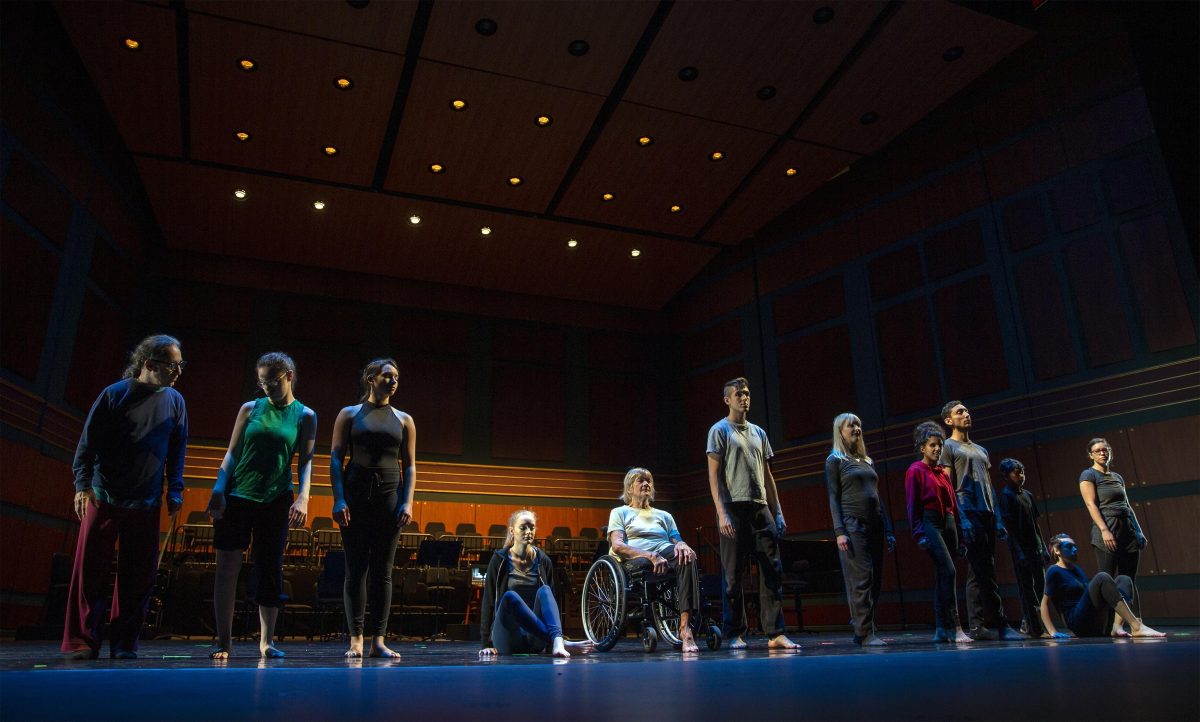
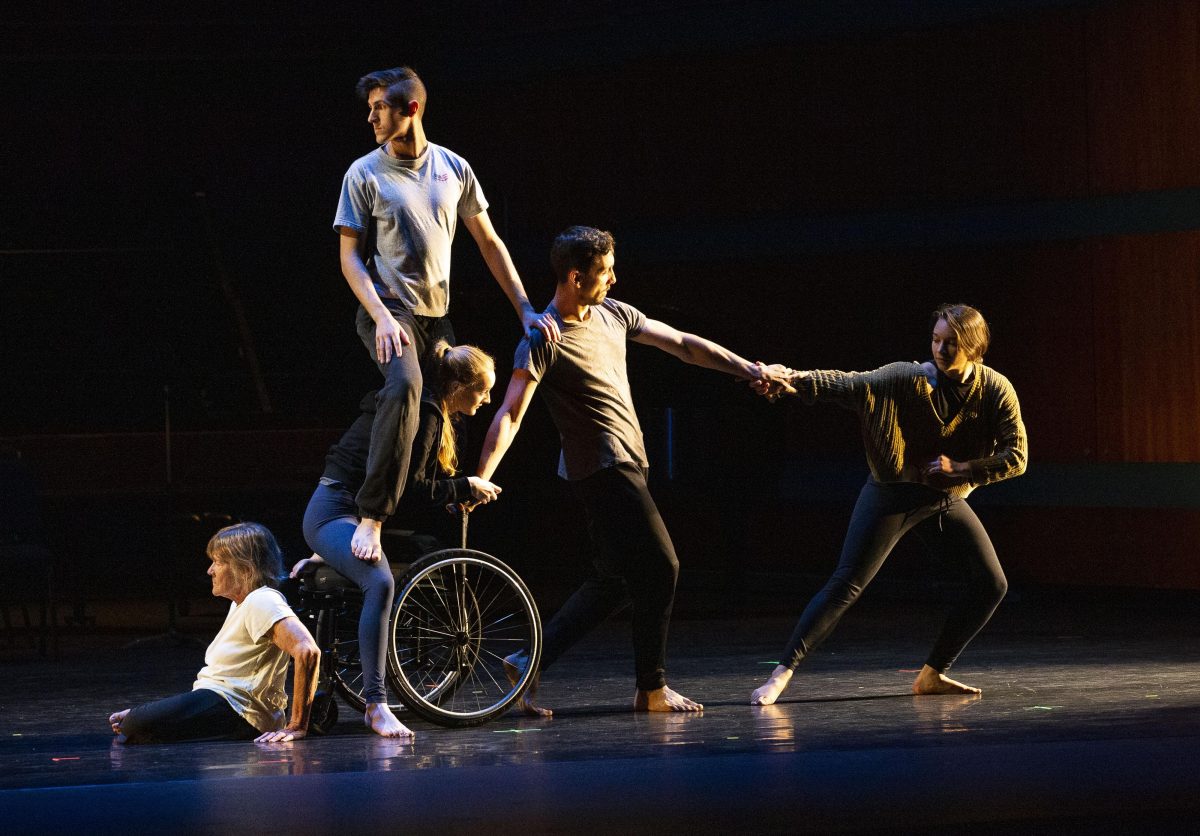

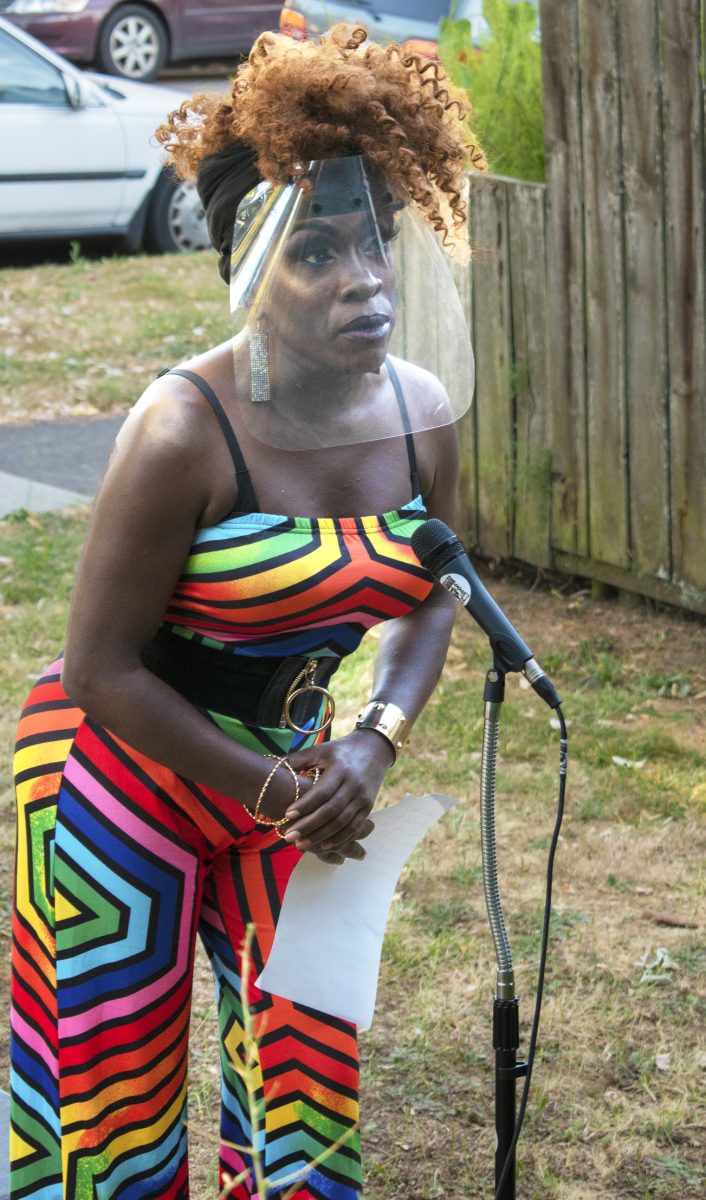
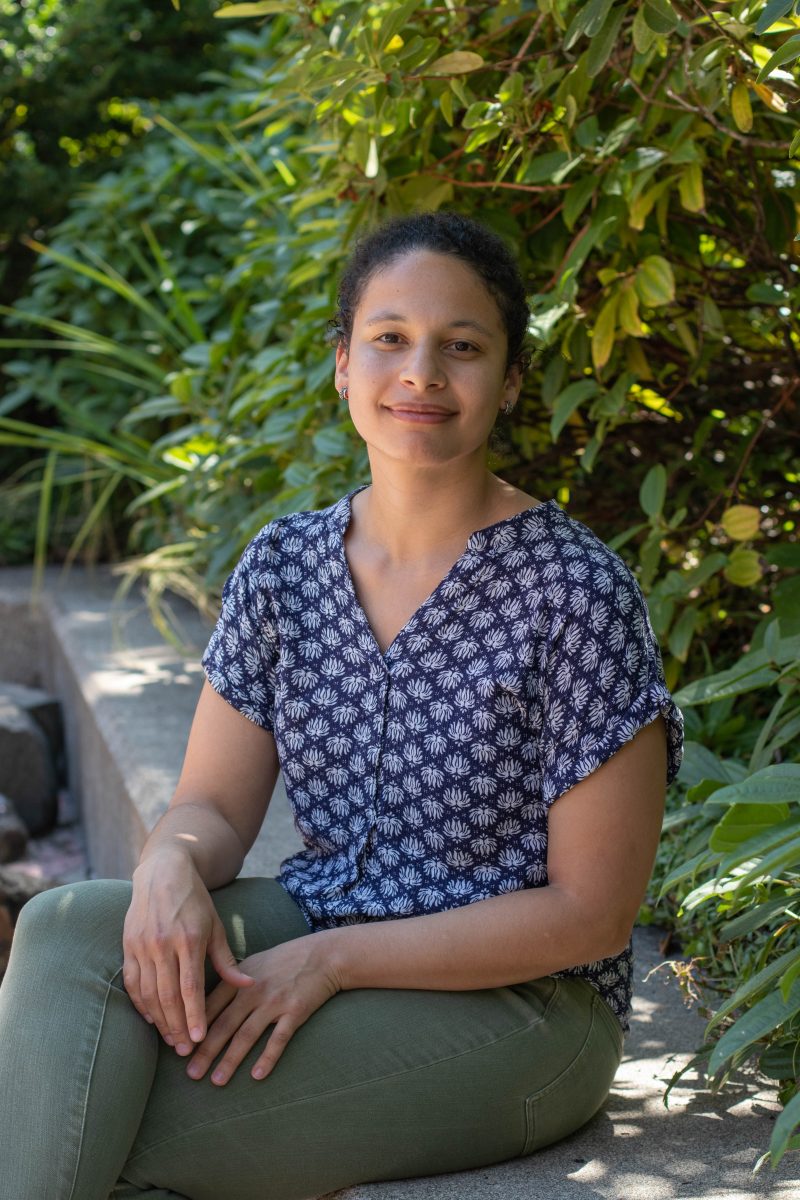
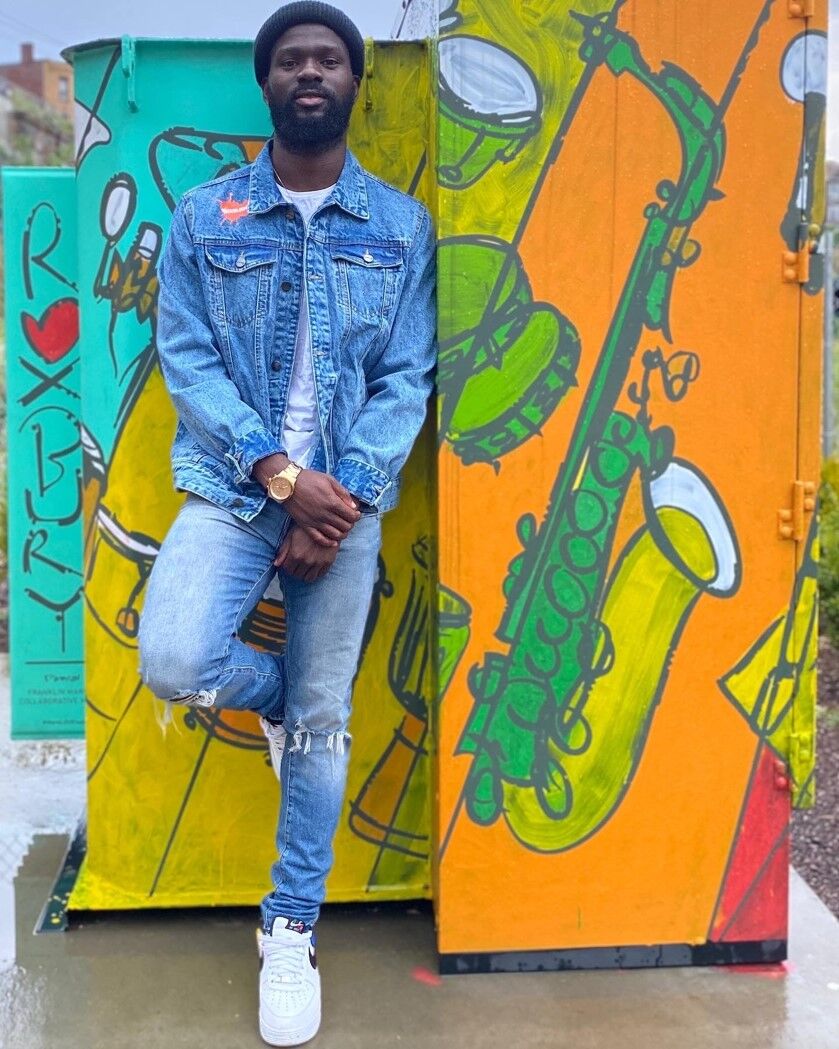
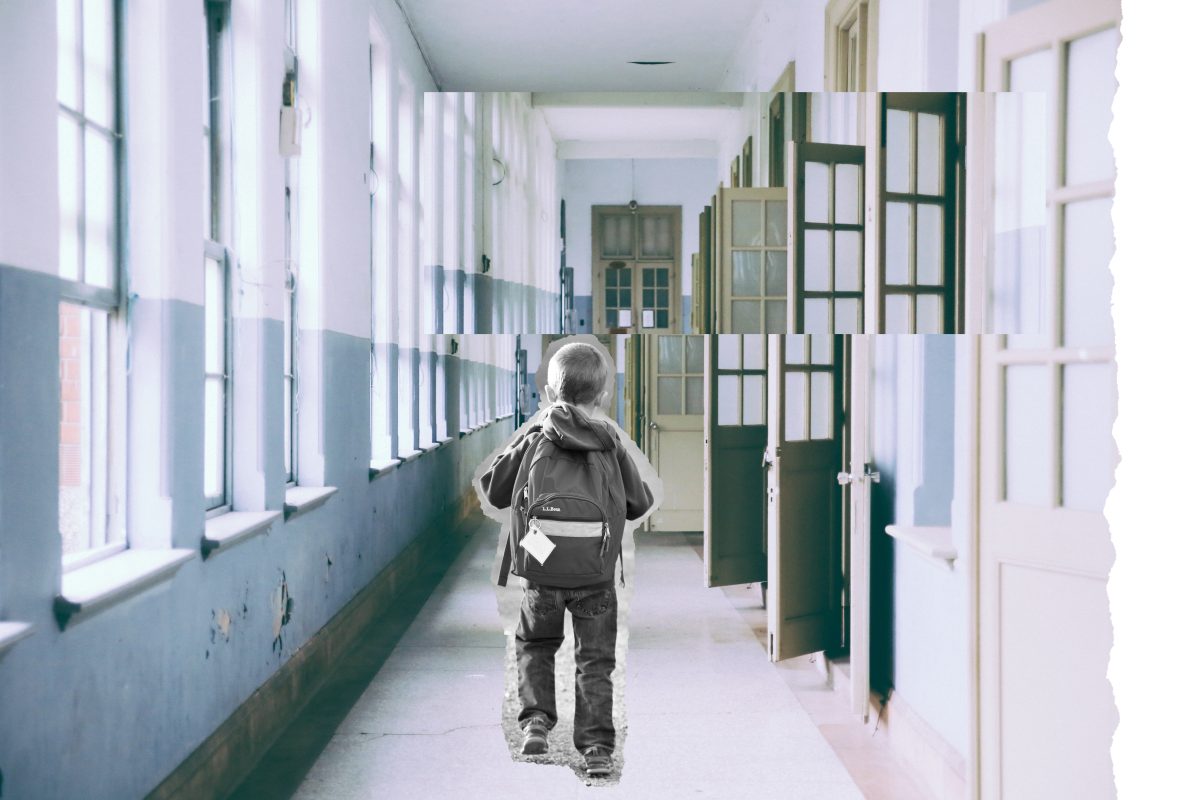



![[Photo Courtesy of the Lara Family]
Ruben embraces his beloved childhood goat, Katrina.](https://ethos.dailyemerald.com/wp-content/uploads/2025/05/katrina-1-1060x1200.jpg)


